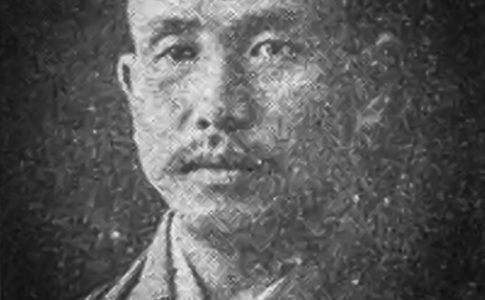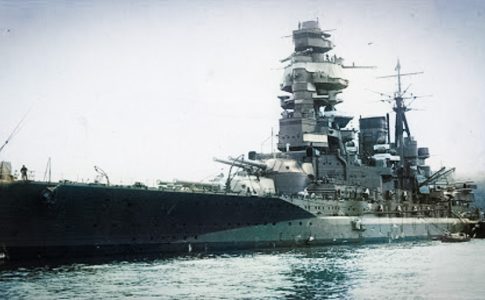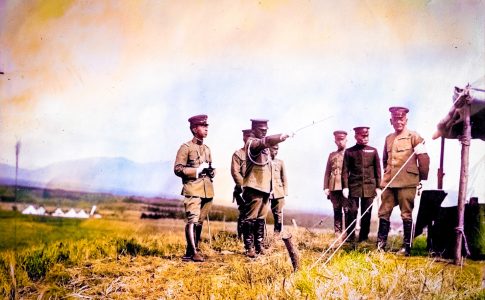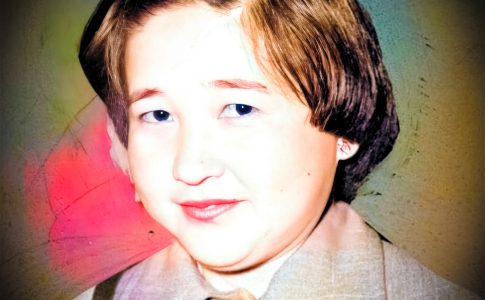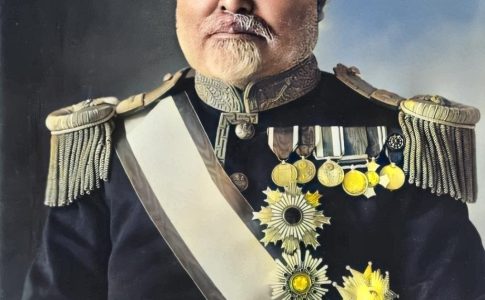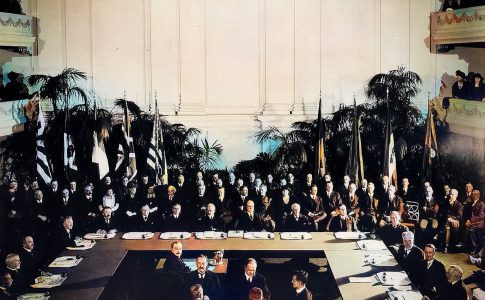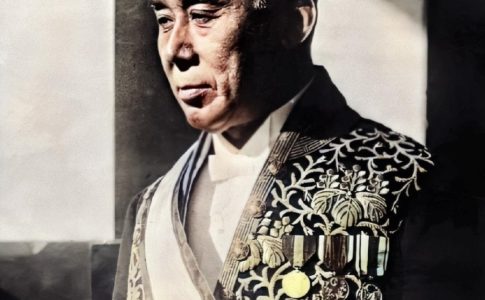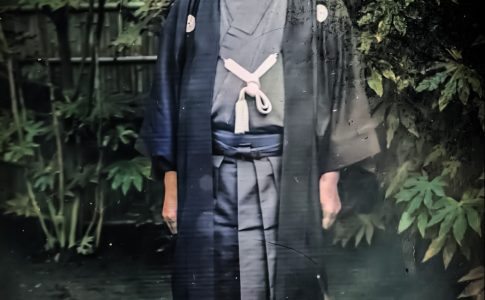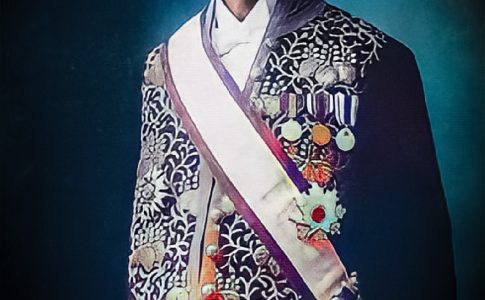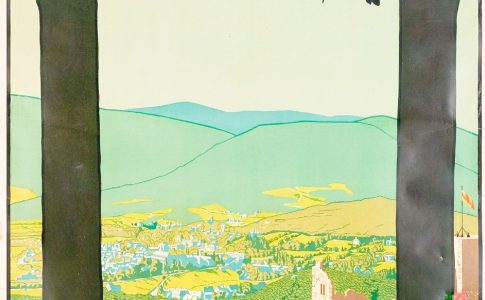Saturday, November 26 1921: The statesman Ito Tomoya died at the age of 48.
1921 (Taisho 10) Saturday, November 26 The statesman Ito Tomoya died. He died early at the age of 48. On April 10, 1873, Tomoya Ito was born as the first son of Seiki Ito, a well-known local physician in Sakata City, Yamagata Prefecture. His father, Kiyomoto ITO, was originally the third son of Mondo SUWA, a feudal retainer of Sendai Domain, but he studied Western studies in Edo, studied medicine under “Ito Genboku” and “Ito Bokusai,” who were famous disciples of Siebold, and was adopted by Hokusai ITO after he moved to Tsuruoka and opened a business there in 1868. At that time, cholera was frequently prevalent and caused many...

